
May

BY DAVID CUMMINGS BEM
Spring is Everywhere
As I write, signs of spring are everywhere, and the warm sun followed by torrential rain has proved to be excellent growing conditions for wild flowers, crops in the fields and hedgerows. Some species are thriving and the number of early butterflies have been excellent. I have an app on my phone to record butterflies when I see them and I’ve had 52 sightings to date, 13 of the bright yellow brimstone, 15 orange tip in recent days usually feeding on lady smock. I’ve also recorded numbers of small tortoishell, peacock, red admiral, speckled wood and both holly and common blues. There have been a few specimens of large and small whites, and I photographed a green veined white on the 18th April.
A pair of swallows arrived early in April in Croft Close, but house martins have been few and far between, although we did spot a good number at Loggerheads Visitor Centre. A check this morning at Cotton Farm resulted in my recording about a dozen swallows and martins, but nothing flying over the fields, yet. I’ve seen just one swift, and that was flying high over Chester Zoo. Cuckoos seemed to have completely abandoned our Parish, but I heard one recently at Loggerheads whilst walking along the River Alyn. I was accompanied by a small group of friends and the first bird we saw was a delightful goldcrest just above us on the first bridge across the river. We listened to and watched lots of warblers, both chiff chaff and black cap flitting high up in the canopy. There were lots of blue and great tits, robins, wrens and chaffinches, and the highlight near the waters edge were a pair of Mandarin duck and a grey wagtail. A great spotted woodpecker made sure we knew where he was, from the constant drumming we heard in trees high up on the limestone plateau. We also heard a very noisy nuthatch and a jay. It was a very enjoyable and productive visit and a walk here is well worth your time if you happen to be in the area. A round trip walking along the river from the Visitor Centre to the road near Cilcain and return is about 8km or 5 miles. There is a lot to see and find out about along a most beautiful valley, and along a comfortable walk. You can learn about the history of milling and mining in the area, view the fascinating limestone scenery with deep caves in the cliffs above the river. Look out for the strong flowing river, fast at the start of your walk, which then disappears and there is silence. There is so much beautiful countryside and wildlife at Loggerheads to see and enjoy.
My visits to Hockenhull have been curtailed this year due to my health, and not wanting to cross uneven ground, but the visits I have made have been very productive. I’ve recorded at least five cettis warblers, six blackcaps, six or more chiff chaff, and early today 3 sedge warblers. I think I also heard a grasshopper warbler, but it was distant and I didn’t really get close enough. There is a regular buzzard, usually sitting on a post near the otter holt, and I’m delighted to say that we have at least one pair of oystercatchers again. Lapwing have almost disappeared from the site this year, and although I heard sky lark early in March, I’ve not heard one since. Most of the wild geese have headed north by now and will be in their breeding grounds on Iceland. There are still small numbers of Canada Geese about, and also the usual numbers of tufted duck, and a pair of great crested grebe. I still hear a pair of ravens cawing loudly from time to time, so I suspect that there must be a nest site in the area somewhere. There are also regular sightings of a jay, but the highlight of a visit now has to be the incredible sound of the cettis warblers. They almost explode with song from within the hedgerows, so noisy, and yet so elusive!

IF YOU LIKE YOU CAN LISTEN TO RYAN READING THE ARTICLE
-

Mandarin Duck
-
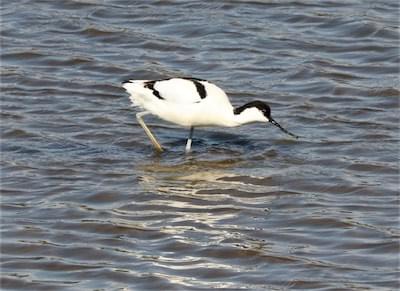
Avocet at Burton
-

Godwits at Burton
-

Great White Egret at Burton
-
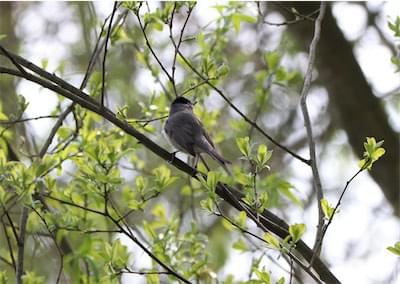
Black Cap
-

Cettis Warbler
-

Holly Blue
-
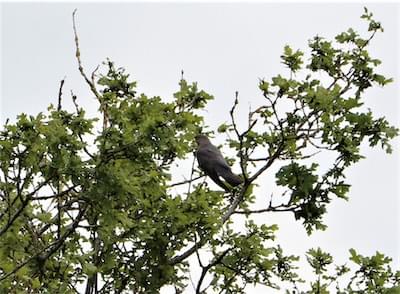
Cuckoo
-
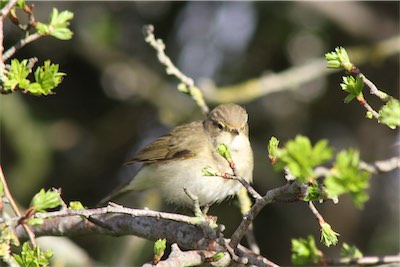
Chiff Chaff
-
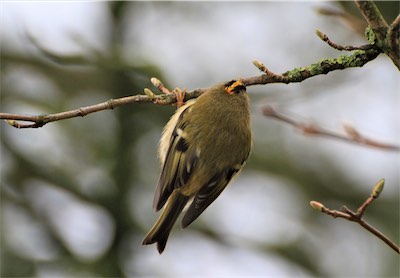
Goldcrest
-

Grey Wagtail
-

Great Crested Grebe
-

Lapwing at Burton
-

House Martins and Swallows
-

Kestral
-
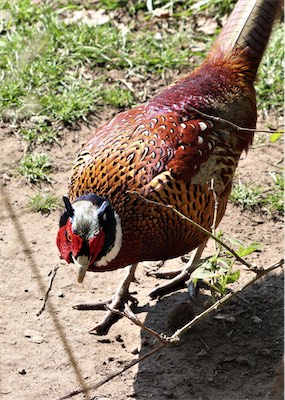
Male Pheasant at Burton
-

Coots Nest at Christleton Pit
-

Moorhen in fine plumage
-

Wild Arum
-

Brimstone - female
-
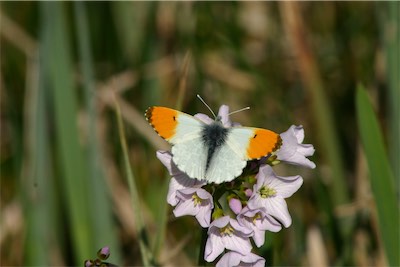
Orange Tip
-
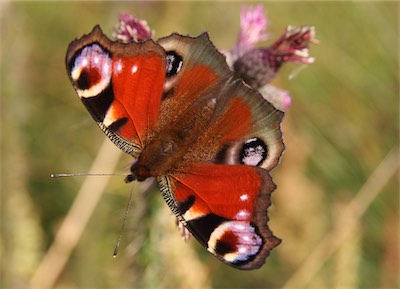
Peacock Butterfly
-

Cowslips
-
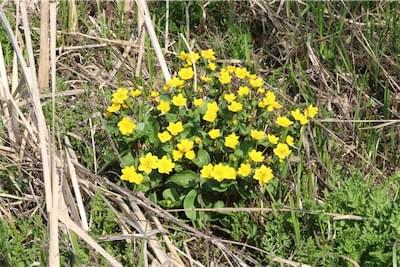
King Cups or Marsh Marigolds























